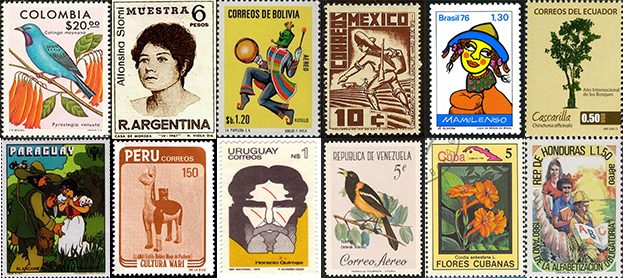A Bird and Freedom
Throughout the short story, “Guatemala 1954- Funeral for a Bird,” by Arturo Arias, the motif of the dead bird suggests a commentary on the fleeting freedom experienced by Guatemalans and other victims of civil unrest.
Commonly in literature, the presence of a bird represents freedom. Since Maximo was born at the beginning of Guatemala’s Civil War, freedom is something he has never truly experienced. At the beginning of the story, Maximo suggests that the fighting and bombing has ceased for the time being, and with relief from the war, he begins to feel free. As he wanders the streets, Maximo remarks on his sense of freedom, saying, he, “could walk in any direction unless streets were blocked by corpses or fallen walls. That was called freedom” (50). Birds, which would be scared of the loud noises of war, would return to the community. Therefore, with the ceasing of bombs, the bird represents a return of freedom.
Yet, the bird the children gather around is dead, not alive, suggesting that the freedom Maximo is experiencing will soon come to an end. The Guatemalan civil war lasted for 36 years, with peace and war coming and going. The dead bird symbolizes the complexity of war and peace, bringing up the question when is peace fully attained? Additionally, with the history of United States intervention in Guatemala and other Latin American countries, the fleeting freedom shown by the bird invites the debate of what true freedom is. In conclusion, Maximo’s experience of the dead bird can be seen as a commentary on freedom during war and in post-war communities.
